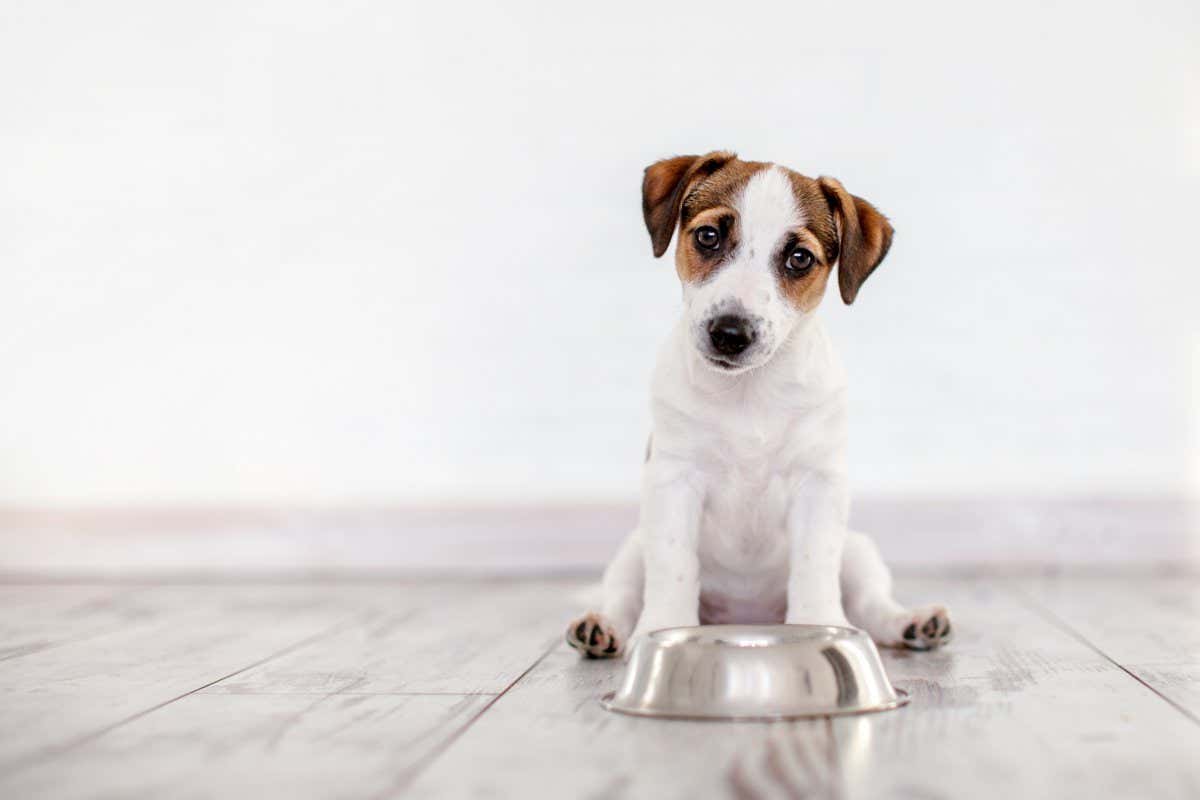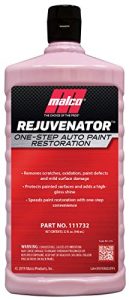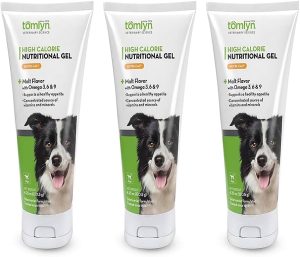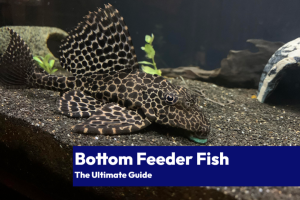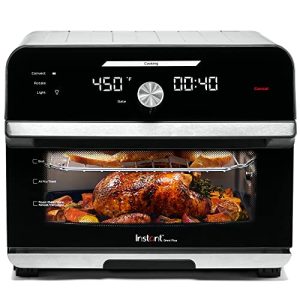Contents
- Pros of feeding your dog once a day
- Cons of feeding your dog once a day
- Considerations for feeding your dog once a day
- Tips for feeding your dog once a day
- Alternatives to feeding your dog once a day
- Understanding your dog’s unique needs
- Effects on digestion
- Implications for training and behavior
- Addressing potential health concerns
- Personal factors to consider
Feeding your beloved canine companion is an essential responsibility of being a pet owner, but have you ever wondered if you’re feeding them the right way? In this article, we will explore the pros and cons of feeding your dog once a day. With expert insights and scientific research, we’ll uncover the potential benefits and drawbacks of this feeding regimen, helping you make an informed decision for your furry friend’s health and well-being. From maintaining a healthy weight to preventing digestive issues, join us as we navigate the dos and don’ts of feeding your dog on a once-a-day schedule.
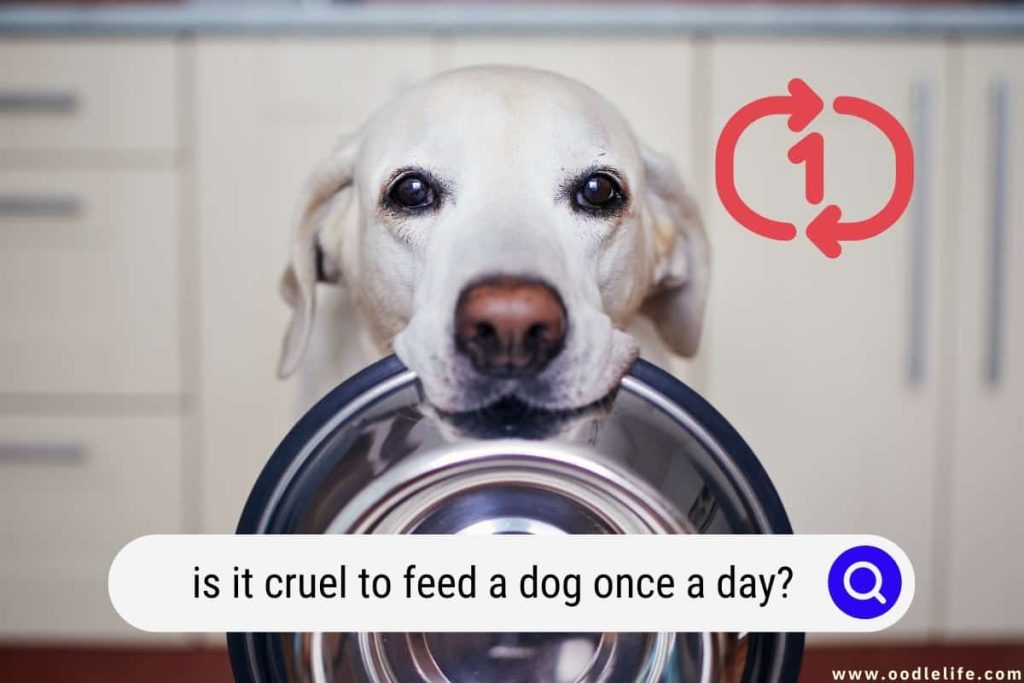
Pros of feeding your dog once a day
Weight management
Feeding your dog once a day can be beneficial for weight management. By providing a specific portion of food at one designated mealtime, you can closely monitor your dog’s caloric intake and ensure they are receiving the right amount of nutrition. This can help prevent overeating and maintain a healthy weight for your furry friend.
Convenience
Feeding your dog once a day offers convenience for both you and your pet. With one scheduled mealtime, you can establish a routine that fits into your daily schedule. This can be especially helpful for busy individuals who may find it challenging to adhere to multiple feeding times throughout the day. Additionally, having a set mealtime can help regulate your dog’s bathroom schedule, making it easier for you to plan walks and outings.
Reduced risk of bloat
Bloat, also known as Gastric Dilatation-Volvulus (GDV), is a serious condition that can occur when a dog’s stomach fills with air and becomes twisted. Feeding your dog once a day can help reduce the risk of bloat by preventing them from gulping down large quantities of food too quickly. This feeding method encourages slower eating and allows for proper digestion, minimizing the chances of bloat occurring.
Establishing a routine
Dogs thrive on routines, and feeding them once a day can help establish a consistent schedule for their meals. By having a designated mealtime, your dog will know when to expect food, which can create a sense of security and stability. This routine can also be helpful in managing other aspects of your dog’s daily life, such as potty training and sleep schedules.
Time for digestion
Feeding your dog once a day allows for ample time for digestion between meals. This can be particularly beneficial for dogs with sensitive stomachs or digestive issues. By giving their digestive system a break between meals, you can help prevent any discomfort or digestive upset that may arise from frequent eating.
Cons of feeding your dog once a day
Increased hunger and begging
Feeding your dog once a day may lead to increased hunger and begging behavior. Dogs rely on their meals for sustenance, and having only one meal per day can leave them feeling hungrier between feedings. This can result in more persistent begging behaviors, as your dog may become more focused on obtaining food during the times when they are hungry.
Potential for overeating
While feeding your dog once a day can help with weight management, it also poses the risk of overeating. Some dogs may have a tendency to eat quickly and consume their entire portion in one sitting. This can lead to overeating, which can be detrimental to their health. It is important to monitor your dog’s eating habits and ensure they are eating at an appropriate pace to prevent overconsumption.
Limited opportunities for mental stimulation
Providing multiple meals a day can offer more opportunities for mental stimulation for your dog. Mealtime can be more than just satisfying hunger; it can be a time for interactive feeding and brain exercises. Feeding your dog once a day may limit these opportunities for mental engagement, potentially resulting in boredom or restlessness.
Risk of low blood sugar levels
Some dog breeds, such as toy breeds or those with underlying health conditions, may be prone to low blood sugar levels (hypoglycemia). Feeding your dog once a day may not provide the consistent fuel intake necessary to regulate their blood sugar levels effectively. It is essential to consult with your veterinarian if you have a dog breed more susceptible to hypoglycemia to ensure their nutritional needs are adequately met.
Difficulty in monitoring food intake
Feeding your dog once a day can make it more challenging to monitor their food intake accurately. Since all their daily nutrition is provided in a single meal, it can be harder to determine if your dog is eating the right amount or if they are experiencing any changes in appetite. Regular monitoring of your dog’s weight and observing their eating habits becomes even more crucial when feeding them once a day.
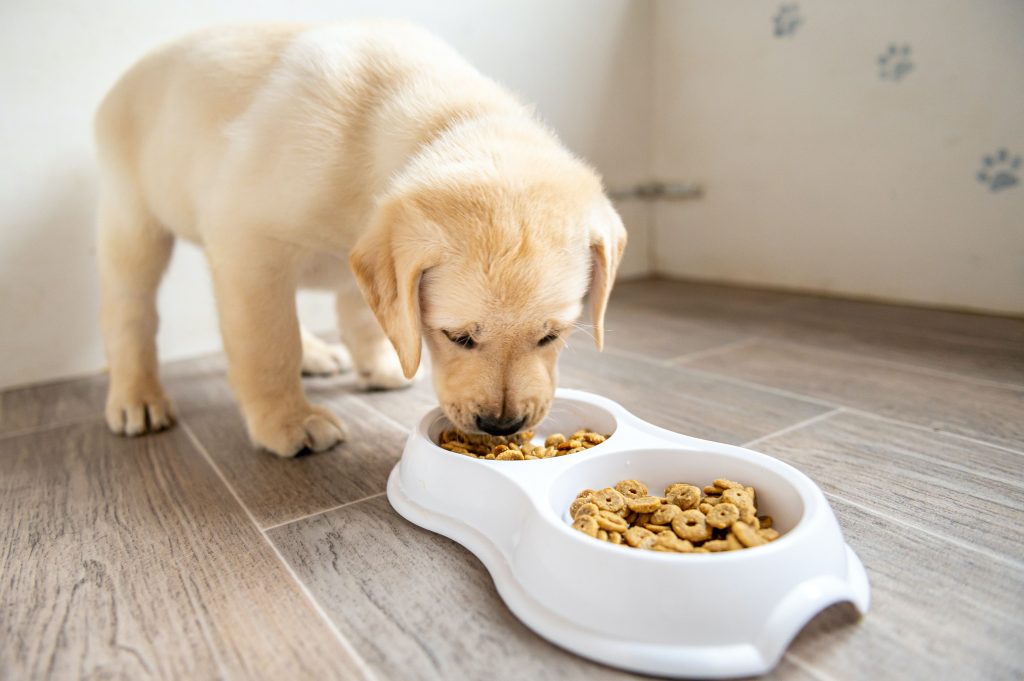
Considerations for feeding your dog once a day
Age and size
The age and size of your dog are important factors to consider when deciding to feed them once a day. Puppies, for example, have higher energy requirements and generally benefit from multiple small meals throughout the day. Large and giant breed dogs may also require more frequent feeding due to their higher risk of bloat. Consult with your veterinarian to determine the most suitable feeding schedule based on your dog’s age, size, and individual needs.
Health condition
If your dog has any underlying health conditions, it is crucial to take those into account when considering a once-a-day feeding regimen. Some medical conditions may require specific dietary restrictions or the need for more frequent meals to support their health. Always consult with your veterinarian before making any changes to your dog’s feeding routine, especially if they have pre-existing health conditions.
Food type and quality
The type and quality of food you choose for your dog play a significant role in their overall health and wellbeing. Feeding your dog a nutritionally balanced diet that meets their specific dietary needs is essential, regardless of the feeding schedule. Ensure that the food you provide contains high-quality ingredients and is appropriate for your dog’s age, breed, and any specific dietary requirements they may have.
Activity level
Consider your dog’s activity level when determining their feeding schedule. Dogs with higher activity levels may require more frequent feedings to maintain their energy levels. On the other hand, a less active dog may benefit from a once-a-day feeding regimen. Adjusting their portion size and meal frequency based on their activity level can help ensure they receive the right amount of nutrition to support their energy levels and overall health.
Individual preferences and behavior
Every dog is unique, and their individual preferences and behavior should be taken into account when deciding on their feeding schedule. Some dogs may do well with once-a-day feeding, while others may prefer or require more frequent meals. Pay attention to your dog’s eating habits, body condition, and overall demeanor to determine what feeding schedule works best for their individual needs.
Tips for feeding your dog once a day
Choose the right feeding schedule
When feeding your dog once a day, it is important to establish a consistent feeding schedule. Choose a time that works well with your daily routine and stick to it. Dogs appreciate consistency, and having a set mealtime will help them adjust to the new feeding regimen.
Use portion control
Portion control is crucial when feeding your dog once a day. Consult with your veterinarian to determine the appropriate portion size based on your dog’s age, size, and activity level. Measuring their food using a kitchen scale or a measuring cup can help ensure they are receiving the correct amount of nutrition without overeating.
Provide mental stimulation
To compensate for the limited opportunities for mental stimulation during mealtime, incorporate other activities to engage your dog’s mind. Puzzle toys, treat-dispensing toys, and interactive feeding games can be great ways to provide mental stimulation and prevent boredom.
Consider food puzzles and interactive toys
Food puzzles and interactive toys can provide mental stimulation and help slow down your dog’s eating pace. These types of toys require your dog to work for their food, which can be both entertaining and mentally stimulating. They promote problem-solving and keep your dog engaged during mealtimes.
Monitor your dog’s weight
Regularly monitoring your dog’s weight is essential when feeding them once a day. Keep a close eye on their body condition, and consult with your veterinarian if you notice any significant changes in weight. Adjust their portion sizes accordingly to ensure they maintain a healthy weight.
Consult with a veterinarian
Before transitioning your dog to a once-a-day feeding schedule, it is important to consult with your veterinarian. They can provide specific guidance based on your dog’s individual needs, health condition, and dietary requirements. Regular check-ups and open communication with your veterinarian are key to maintaining your dog’s overall health and wellbeing.
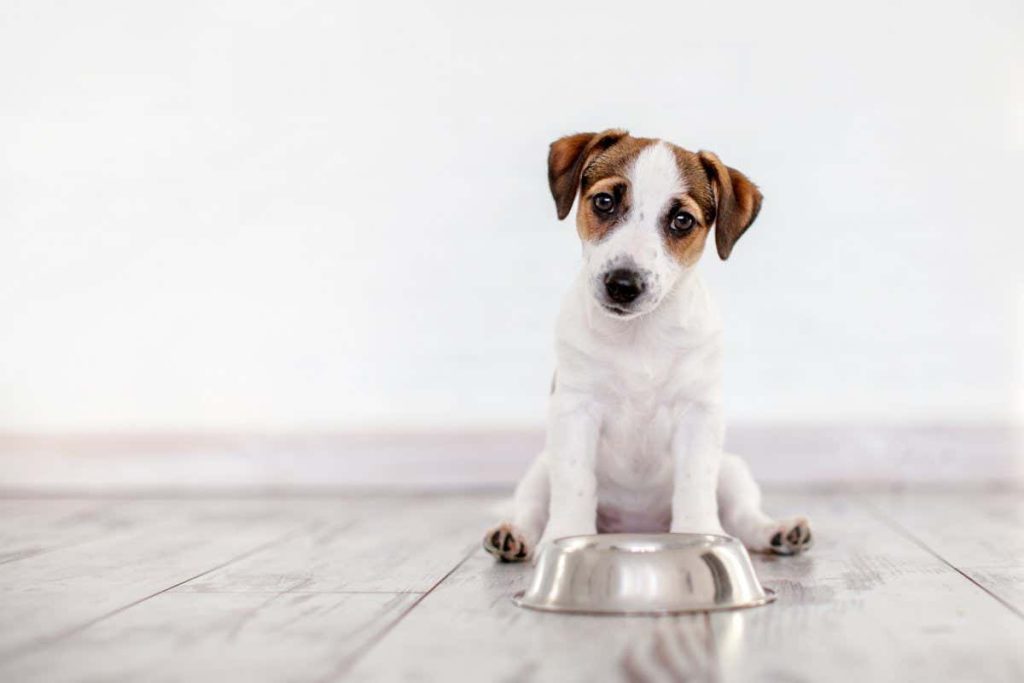
Alternatives to feeding your dog once a day
Multiple smaller meals
Feeding your dog multiple smaller meals throughout the day is an alternative to feeding them once a day. This can be beneficial for dogs who experience increased hunger or have specific dietary requirements that necessitate more frequent feedings. It also provides more opportunities for mental stimulation and prevents excessive hunger between meals.
Free feeding
Free feeding involves leaving food out for your dog to access at any time. This method allows your dog to eat whenever they feel hungry and regulate their own food intake. However, it may not be suitable for all dogs, as some may have a tendency to overeat or exhibit unhealthy grazing behaviors. It is important to monitor your dog’s weight and adjust their portion sizes accordingly to prevent obesity.
Scheduled meals with snacks
Another alternative is to provide scheduled meals while incorporating small snacks throughout the day. This approach allows for structured meal times while still offering additional opportunities for mental stimulation and keeping your dog satisfied between meals. Snacks should be given in moderation and should not make up a significant portion of their daily caloric intake.
Combining dry and wet food
Combining dry and wet food can provide variety and increase palatability for your dog’s meals. This option allows you to feed your dog once a day while still offering different textures and flavors. It can be beneficial for dogs who require more enticing options to encourage them to eat.
Understanding your dog’s unique needs
Consulting with a veterinarian
Consulting with a veterinarian is crucial in understanding your dog’s unique needs and determining the most suitable feeding regimen. They can provide guidance based on your dog’s individual health, age, breed, and activity level, ensuring their nutritional needs are met.
Monitoring changes in behavior and health
It is important to monitor your dog’s behavior and health when implementing any changes to their feeding routine. Pay attention to any changes in appetite, energy levels, or bathroom habits. If you notice any significant changes, consult with your veterinarian to rule out any underlying health concerns.
Considering breed and genetic factors
Different dog breeds have unique dietary requirements and may have varying health concerns related to feeding schedules. Some breeds are more prone to obesity or bloat, while others may have specific dietary needs based on their genetics. Researching your dog’s breed and discussing it with your veterinarian can help you better understand their specific requirements.
Taking into account lifestyle and environment
Factors such as your lifestyle and living environment should also be considered when determining your dog’s feeding routine. Your work schedule, availability, and the number of dogs in your household can all impact the feasibility of a once-a-day feeding regimen. Choose a schedule that aligns with your lifestyle and ensures your dog receives proper nutrition and care.

Effects on digestion
Enhanced metabolism
Feeding your dog once a day can enhance their metabolism by allowing their digestive system to fully process the food they consume. With a longer period between meals, their metabolism has time to efficiently break down and absorb nutrients, leading to optimal digestion.
Steady release of energy
Providing your dog with one meal a day can result in a steady release of energy throughout the day. Instead of experiencing fluctuations in blood sugar levels caused by multiple meals, a once-a-day feeding schedule provides a consistent source of energy, promoting stable energy levels for your dog.
Potential for digestive issues
While feeding your dog once a day can be beneficial for some, it may not be suitable for all dogs. Some dogs may be prone to digestive issues such as acid reflux or gastrointestinal sensitivities. If your dog experiences digestive upset or discomfort after transitioning to a once-a-day feeding schedule, consult with your veterinarian to determine the best approach for their specific needs.
Impacts on bowel movements
Feeding your dog once a day can affect their bowel movements. The frequency and consistency of their stools may change as their digestive system adjusts to the new feeding regimen. If you notice any significant changes, such as diarrhea or constipation, it is important to consult with your veterinarian to ensure your dog’s digestive health is not compromised.
Implications for training and behavior
Food motivation
Feeding your dog once a day can impact their food motivation. Knowing that they have a designated mealtime can increase their excitement and desire to work for their food. This can be advantageous during training sessions, as your dog may be more focused and motivated to learn when food rewards are involved.
Training sessions and mealtime association
With only one meal per day, the association between mealtime and training sessions becomes more apparent. Your dog may develop a stronger association between their meal and training, making training sessions more effective and reinforcing their mealtime routine.
Establishing structure and discipline
A once-a-day feeding schedule can help establish structure and discipline for your dog. By adhering to a consistent mealtime, you are setting boundaries and teaching your dog patience and self-control. This can have positive implications for their overall behavior and obedience.
Behavioral implications of hunger
Feeding your dog once a day may result in increased hunger between meals, potentially leading to behavioral changes. Dogs who experience heightened hunger may exhibit restlessness, irritability, or increased begging behavior. It is important to address these behaviors through proper training and mental stimulation to ensure your dog remains content and fulfilled.
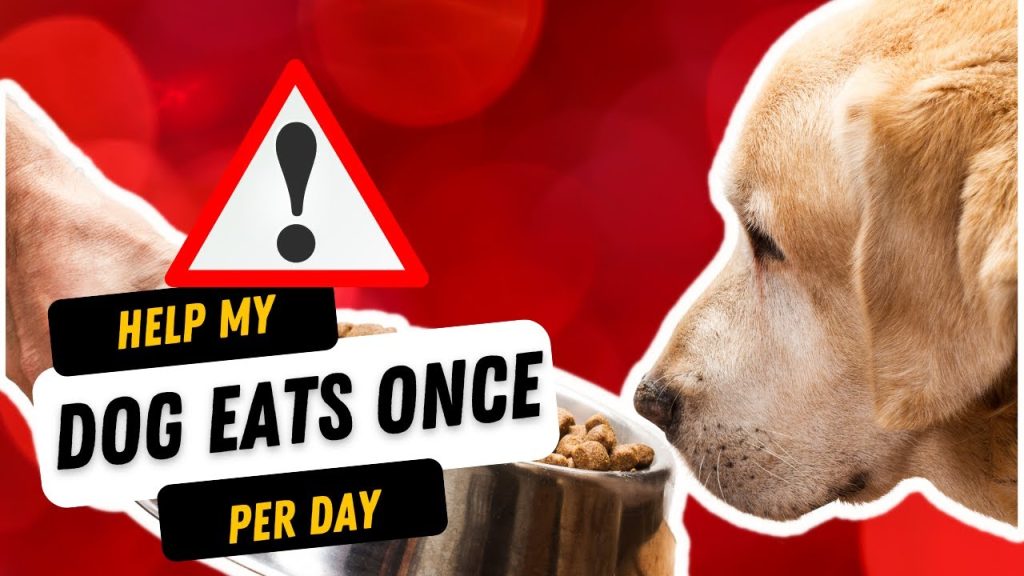
Addressing potential health concerns
Hypoglycemia
Some dog breeds, particularly toy breeds, are more susceptible to hypoglycemia or low blood sugar levels. Feeding them once a day may not provide a consistent source of nutrients to regulate their blood sugar effectively. If you have a breed at risk for hypoglycemia, consult with your veterinarian to determine a feeding schedule that supports their specific needs.
Bloat (Gastric Dilatation-Volvulus)
Bloat, or Gastric Dilatation-Volvulus (GDV), is a potentially life-threatening condition that can occur in dogs, especially large and giant breeds. While feeding your dog once a day can help reduce the risk of bloating, it is essential to be aware of the signs and symptoms associated with bloat. If your dog exhibits any symptoms such as a distended abdomen, restlessness, or unproductive attempts to vomit, seek immediate veterinary attention.
Obesity
While feeding your dog once a day can aid in weight management, it is important to carefully monitor their weight to prevent obesity. Some dogs may have a tendency to overeat during their once-a-day meal, leading to excessive weight gain. Regular weigh-ins and adjustments to portion sizes can help maintain a healthy weight for your dog.
Digestive disorders
Dogs with pre-existing digestive disorders, such as inflammatory bowel disease or food allergies, may require specialized feeding regimens. Feeding them once a day may not be suitable if their condition requires smaller, more frequent meals or a specific diet. Consult with your veterinarian to develop a feeding plan that accommodates your dog’s digestive health needs.
Nutritional deficiencies
Feeding your dog once a day can increase the risk of nutritional deficiencies if their daily diet is not adequately balanced. It is essential to provide a high-quality, nutritionally complete food that meets their specific dietary requirements. Regular check-ups and consultations with your veterinarian can help ensure your dog receives all the necessary nutrients for their overall health and wellbeing.
Personal factors to consider
Work schedule and availability
Your work schedule and availability play a significant role in determining the feasibility of feeding your dog once a day. If your work requires long hours or frequent travel, it may be challenging to adhere to a consistent feeding schedule. Consider the demands of your schedule and whether you can provide the necessary care and attention for your dog with a once-a-day feeding regimen.
Number of dogs in the household
The number of dogs in your household can impact the logistics of feeding once a day. If you have multiple dogs with different dietary needs or feeding preferences, it may be more practical to provide multiple smaller meals throughout the day. Ensure that each dog receives adequate nutrition and monitor their individual eating habits to maintain their health.
Budgetary constraints
Budgetary constraints can also affect your choice of feeding schedule for your dog. Feeding your dog once a day may require investing in quality food and portion control tools, which can incur additional costs. Consider your budget and how it aligns with your dog’s nutritional needs to ensure you can provide the necessary care while staying within your means.
Feeding preferences
Your own feeding preferences and beliefs may influence the feeding regimen you choose for your dog. Some individuals prefer the simplicity and routine of feeding once a day, while others may feel more comfortable with multiple small meals. Reflect on your personal preferences and values, ensuring that your dog’s wellbeing remains the top priority in your decision-making process.
In conclusion, there are both pros and cons to feeding your dog once a day. Weight management, convenience, reduced risk of bloat, establishing a routine, and allowing time for digestion are all potential benefits. On the other hand, increased hunger and begging, potential for overeating, limited opportunities for mental stimulation, risk of low blood sugar levels, and difficulty in monitoring food intake are considerations to keep in mind. Several factors, such as age and size, health condition, food type and quality, activity level, and individual preferences, should be taken into account when determining the most suitable feeding schedule for your dog. By following tips such as choosing the right feeding schedule, practicing portion control, providing mental stimulation, monitoring your dog’s weight, and consulting with a veterinarian, you can ensure that your dog’s nutritional needs are met. Alternatives to feeding once a day include multiple smaller meals, free feeding, scheduled meals with snacks, and combining dry and wet food. Understanding your dog’s unique needs, being aware of the effects on digestion, recognizing implications for training and behavior, and addressing potential health concerns are vital for their overall health and wellbeing. Additionally, personal factors such as work schedule, the number of dogs in the household, budgetary constraints, and feeding preferences should be considered when making decisions about your dog’s feeding routine. By carefully assessing these factors and consulting with your veterinarian as needed, you can determine the best feeding regimen that suits your dog’s individual needs.

